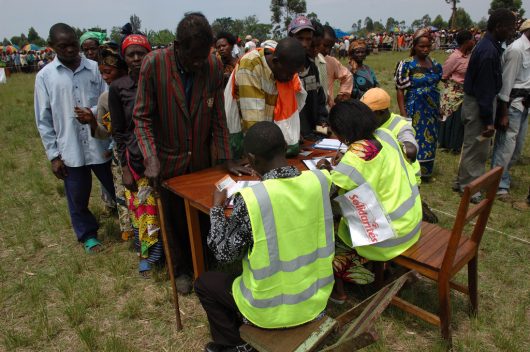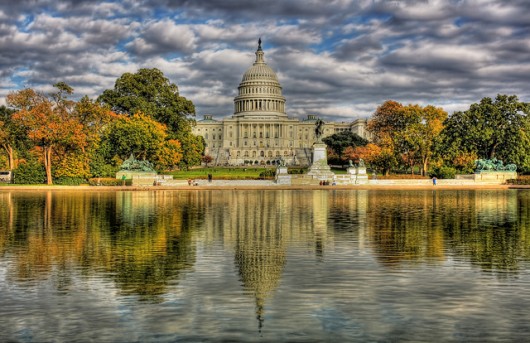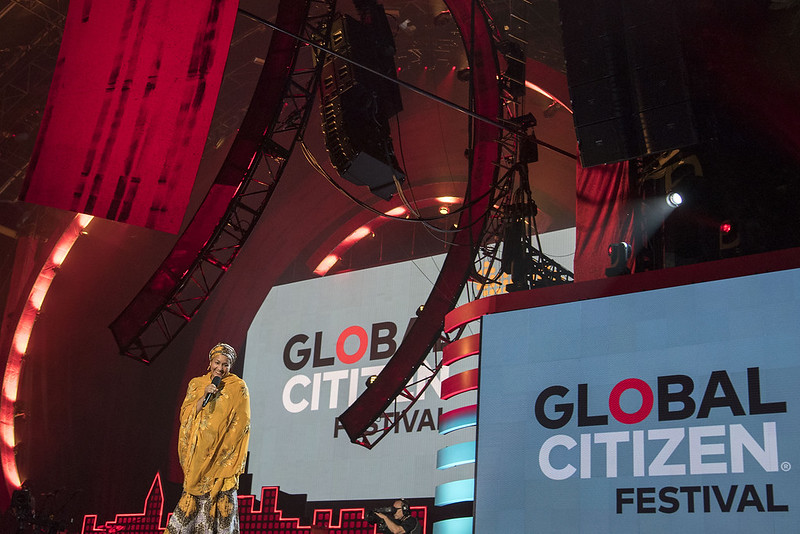 The 2022 Global Citizen Festival marked its 10th anniversary, featuring a unique dual concert held in both the United States (U.S.) and Ghana. Celebrating Ghana’s 65th anniversary of independence, the event showcased performances by renowned artists such as Mariah Carey, Metallica, the Jonas Brothers, Usher, Stormzy and SZA. This historic moment was a significant contribution to the global efforts against extreme poverty.
The 2022 Global Citizen Festival marked its 10th anniversary, featuring a unique dual concert held in both the United States (U.S.) and Ghana. Celebrating Ghana’s 65th anniversary of independence, the event showcased performances by renowned artists such as Mariah Carey, Metallica, the Jonas Brothers, Usher, Stormzy and SZA. This historic moment was a significant contribution to the global efforts against extreme poverty.
Festival Tickets
The festival’s ticketing system offers a unique approach to engage attendees in positive actions against poverty. “Global Citizen attendees can earn free tickets by signing petitions, taking quizzes, uploading videos and completing other tasks relative to the festival’s causes – ‘actions’ equate to entries in drawings for tickets,” Forbes explains. To participate, individuals can download the Global Citizen app, accumulate points and enter ticket drawings for a chance to claim two free tickets.
The Role of Performers
Liz Agbor-Tabi, the Vice President for global policy at Global Citizen spoke of the instrumental role of the A-list performers, “We believe that music is the universal language of humanity, and so through our unique model of pop and policy, we’re able to drive policy and advocacy. And we do that working with artists, with performing artists, visual artists, culinary artists, etcetera …It’s really a moment for the creatives to express through their artistic gifts and to be able to project five robust policy agendas.”
The absence of a paid fee for the artists who performed emphasizes the genuine and compassionate drive behind the festival and the aim of performances by such high-esteemed artists as a means to use their platform to simply spread the word on how the international community can tackle extreme poverty.
The Impact
The Global Citizen Festival in 2022 made a significant impact, hosting events in both New York City and Accra, raising a total of $2.4 billion. Notably, $440 million of this fund is dedicated exclusively to initiatives aimed at ending extreme poverty in Africa. During the festival, there were announcements about committing more than $800 million to combat extreme poverty. Additionally, as part of the seventh replenishment of the Global Fund to fight AIDS, Tuberculosis and Malaria, the European Commission and Canada pledged a substantial $1.6 billion to support these critical health initiatives.
The festival brought attention to pressing global concerns, including the impacts of COVID-19 and Russia’s actions in Ukraine, shedding light on their effects on poverty. According to the Global Citizen website, the event emphasized the need for leaders to urgently regain progress lost during the COVID-19 pandemic. It also addressed the ongoing crisis caused by Russia’s invasion of Ukraine, impacting both the Ukrainian people and exacerbating global hunger.
Moreover, the festival spotlighted the persistent issue of period poverty, affecting more than 500 million individuals who lack access to essential menstrual supplies and proper hygiene facilities. During the New York event, Global Citizen announced the launch of the Global Menstrual Equity Accelerator, aiming to tackle this widespread challenge.
Looking Ahead
The performers at the Global Citizen Festival 2022 used their platforms to educate and inspire people worldwide to address extreme poverty. The hope is that the results of the Global Citizen Festival 2023 will demonstrate an enhanced commitment from the international community to work toward putting an end to global poverty.
– Camryn Vodden
Photo: Flickr
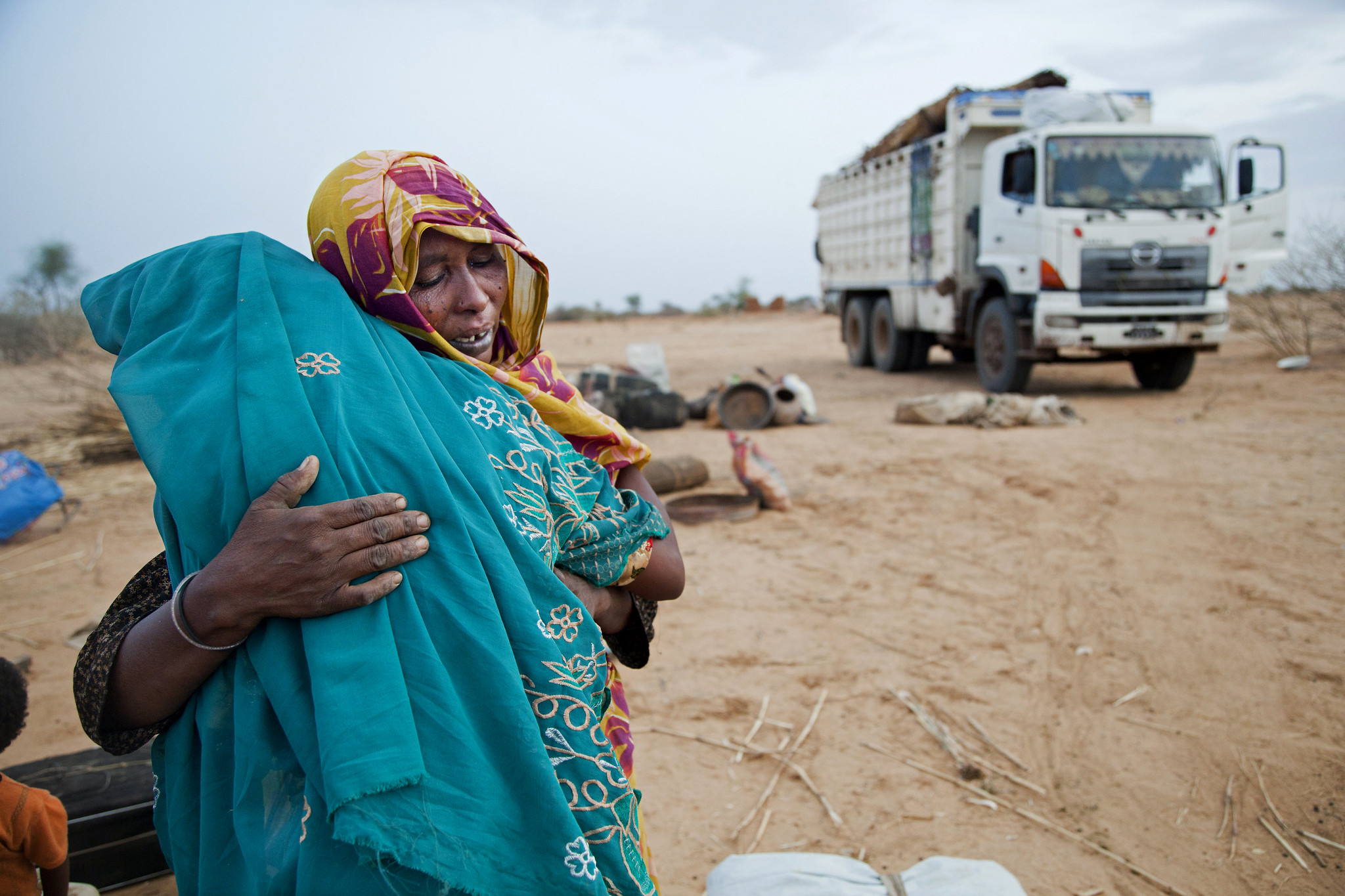
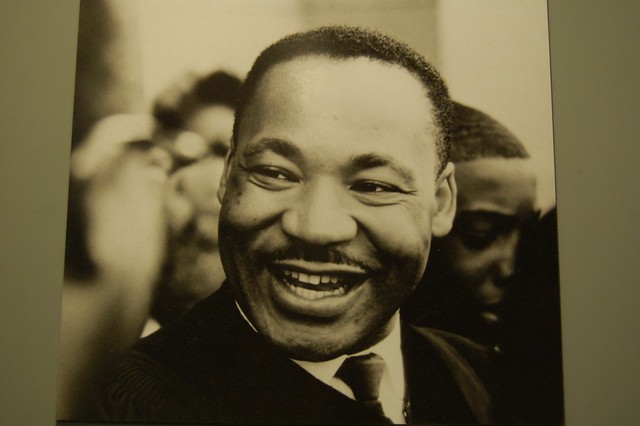 Martin Luther King Jr. is remembered for many things. He was the leader of the American Civil Rights movement, an advocate for nonviolence, an inspirational speaker and a Nobel Peace Prize winner. At home, he was also a husband and father to four children. His dedication to his family was deeply connected to his vision for the United States. In fact, Dr. King’s mission for peace and equality was greatly inspired by his desire to help future generations of children. He consistently used familial metaphors and symbols to illustrate his greater points. Here are the top Martin Luther King Jr. quotes on family.
Martin Luther King Jr. is remembered for many things. He was the leader of the American Civil Rights movement, an advocate for nonviolence, an inspirational speaker and a Nobel Peace Prize winner. At home, he was also a husband and father to four children. His dedication to his family was deeply connected to his vision for the United States. In fact, Dr. King’s mission for peace and equality was greatly inspired by his desire to help future generations of children. He consistently used familial metaphors and symbols to illustrate his greater points. Here are the top Martin Luther King Jr. quotes on family.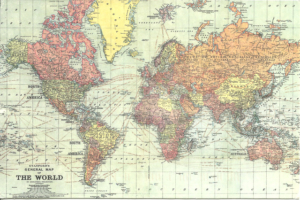 People helping people. Country helping country. Giving back to the world is not a strange concept and is a welcomed idea in most societies. A popular form of global help is foreign aid. The umbrella term commonly refers to monetary assistance provided by outlying or foreign governments. The funds are generally distributed through humanitarian organizations, non-profit groups or directly from a foreign government. As such, the aid is given to citizens in an abundance of forms, such as money, food or shelter. While some can afford to provide more than others on a purely numeric comparison, the amounts are measured or valued differently depending on the country’s economic standing. This list consists of five countries fighting global poverty who outshine the rest.
People helping people. Country helping country. Giving back to the world is not a strange concept and is a welcomed idea in most societies. A popular form of global help is foreign aid. The umbrella term commonly refers to monetary assistance provided by outlying or foreign governments. The funds are generally distributed through humanitarian organizations, non-profit groups or directly from a foreign government. As such, the aid is given to citizens in an abundance of forms, such as money, food or shelter. While some can afford to provide more than others on a purely numeric comparison, the amounts are measured or valued differently depending on the country’s economic standing. This list consists of five countries fighting global poverty who outshine the rest.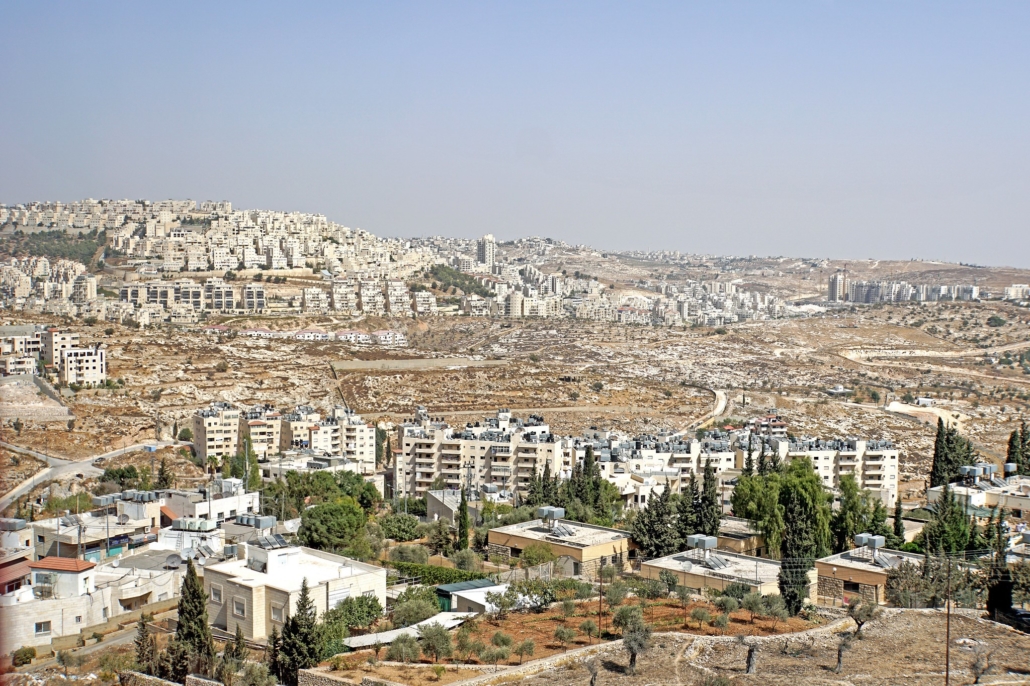
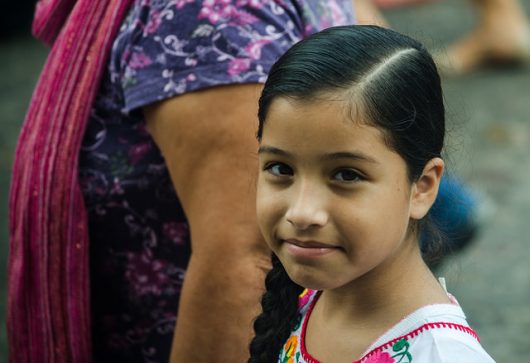
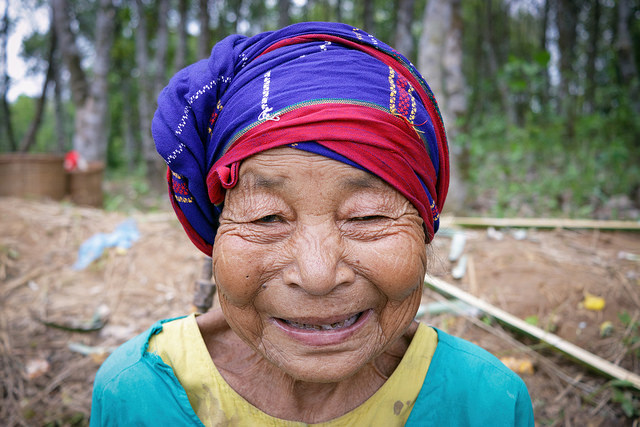 The United Declaration of Human Rights was adopted by the United Nations General Assembly in
The United Declaration of Human Rights was adopted by the United Nations General Assembly in 